Retailers during this time of year prepare for the holidays by hiring more people to help them in their stores with customers, and with their security as well. This is a very busy time for the loss prevention team of a retail store, shopping mall’s security, and the local police.
Shoplifting occurs inside the stores, but theft also occurs when you leave the security of a shopping mall. Parking lots around shopping malls tend to be illuminated, but is always safe to take precautions when leaving a store at night, or to make sure other customers are leaving before venturing outside by yourself. Be safe and alert this holiday season.
Police: Shoplifting doubles near holidays
As shoppers hit area stores for the impending holidays, so will shoplifters, say area police.
“It probably doubles during the peak of the holiday shopping season,” said Logan Township Police Chief Tim Mercer, referring to the number of retail theft calls the township’s officers will handle.
Mercer said officers typically get one to two calls each week, and with the increase in retail thefts also comes increases in other crimes related to shopping, such as identity theft, where people are opening up credit cards in other people’s names, and thefts from vehicles.
Most of the incidents of retail theft and other thefts occur at two highly concentrated shopping areas — Logan Town Centre and the Logan Valley Mall, Mercer said.
Stores are reluctant to talk about shoplifting, either out of a fear of calling attention to their stores and becoming targets or because they don’t want to divulge exactly how they deal with retail thefts.
Crimestoppers: Be alert this holiday season
The holidays are upon us, and Christmas shopping often means an increase in crime.
The best way for businesses to prevent shoplifting is better customer service, according to Jackson Hole Crimestoppers.
“The best defense against shoplifting for merchants is to offer attentive service,” the nonprofit organization said in a press release. “Greet all shoppers as they enter the store and show an interest in helping the patrons find what they are looking for.”
The last thing a shoplifter wants is to be noticed, the release said. “Jackson Hole Crimestoppers points out that shoplifting hurts everybody, with increased costs of merchandise often resulting to help cover losses,” it said. “Both shoppers and merchants should remain alert for such thieves.”
Why Did CVS Employees Hide and Call the Cops When These Men Asked for Sliced Cheese?
Let’s kick this off with a Choose Your Own Adventure scenario. You’re a CVS employee who has just been stopped by a customer and asked whether the store carries sliced cheese. Do you A) shake your head no, but direct him to the refrigerated items anyway, B) show him a wide variety of shelf-stable snacks instead, or C) freak out and hide from him in a locked room in the back of the store?
If you selected C, you probably work at the CVS in Richmond, Virginia’s Carytown district. According to Ricky Berry, he and his roommate, Philip Blackwell, went to that particular drugstore on Thursday night to pick up a package of sliced cheese. The two of them asked an employee where to find the cheese and, after telling them that the store didn’t carry it, the evening took a turn toward the WTF.

 From
From 
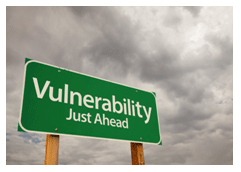 Step back and take a hard look. Or better yet ask someone you trust to do that. A friend, another business owner…… they really do not need to have any special skills. You should look at your store from the prospective of the shoplifter. If you were going to steal, how would you do it? Do you have dark areas, high shelving, hidden spots that would make the thief comfortable? Is your store unkempt, dirty and not stocked in an organized way? Shoplifters are attracted to these environments. If you are presenting that look, then the shoplifter probably knows you are not able to keep up or simply do not care. This will also breed more shoplifting as word gets around that YOUR STORE is an easy mark.
Step back and take a hard look. Or better yet ask someone you trust to do that. A friend, another business owner…… they really do not need to have any special skills. You should look at your store from the prospective of the shoplifter. If you were going to steal, how would you do it? Do you have dark areas, high shelving, hidden spots that would make the thief comfortable? Is your store unkempt, dirty and not stocked in an organized way? Shoplifters are attracted to these environments. If you are presenting that look, then the shoplifter probably knows you are not able to keep up or simply do not care. This will also breed more shoplifting as word gets around that YOUR STORE is an easy mark.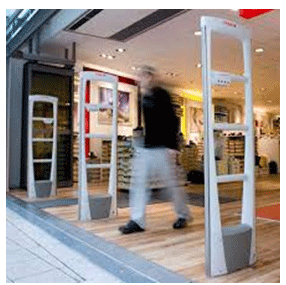
 Are they asleep at the switch? Do they care? Have you trained them how you want the shoplifting deterrence program in your store to work and what their roll in it is? This is not something you can put off. It’s like saving money in an account. You got to start. If you are one of Loss Prevention Systems Customers already, then you know this. That is why we conduct live, personalized shoplifting prevention and loss prevention training for our customers.
Are they asleep at the switch? Do they care? Have you trained them how you want the shoplifting deterrence program in your store to work and what their roll in it is? This is not something you can put off. It’s like saving money in an account. You got to start. If you are one of Loss Prevention Systems Customers already, then you know this. That is why we conduct live, personalized shoplifting prevention and loss prevention training for our customers. 



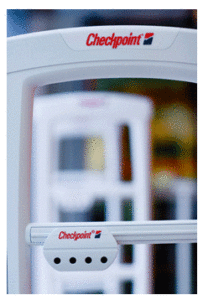 forbid a competitive system). It is installed and your shoplifting losses go down. They will! The simple act of installing a system will make a percentage of your shoplifters go elsewhere.
forbid a competitive system). It is installed and your shoplifting losses go down. They will! The simple act of installing a system will make a percentage of your shoplifters go elsewhere.


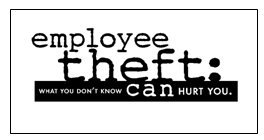 ch these live webinars as reasonably often as you need. Staff turnover, promotions, follow up training, one employee or fifty…. Just schedule the session. Oh, by the way. I will also provide you with 15 draft LP Policies and Procedures that you can customize to your operation. Shoplifting, employee theft, robbery, key control…..
ch these live webinars as reasonably often as you need. Staff turnover, promotions, follow up training, one employee or fifty…. Just schedule the session. Oh, by the way. I will also provide you with 15 draft LP Policies and Procedures that you can customize to your operation. Shoplifting, employee theft, robbery, key control…..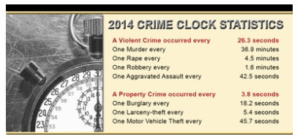
 If you work in retail then you know theft is a big problem. The theft of supplies, merchandise, time and money are just a few of the things managers have to deal with daily. They have to address it on many fronts (i.e., impulse and professional shoplifters, employees and their friends and families, vendors).
If you work in retail then you know theft is a big problem. The theft of supplies, merchandise, time and money are just a few of the things managers have to deal with daily. They have to address it on many fronts (i.e., impulse and professional shoplifters, employees and their friends and families, vendors).